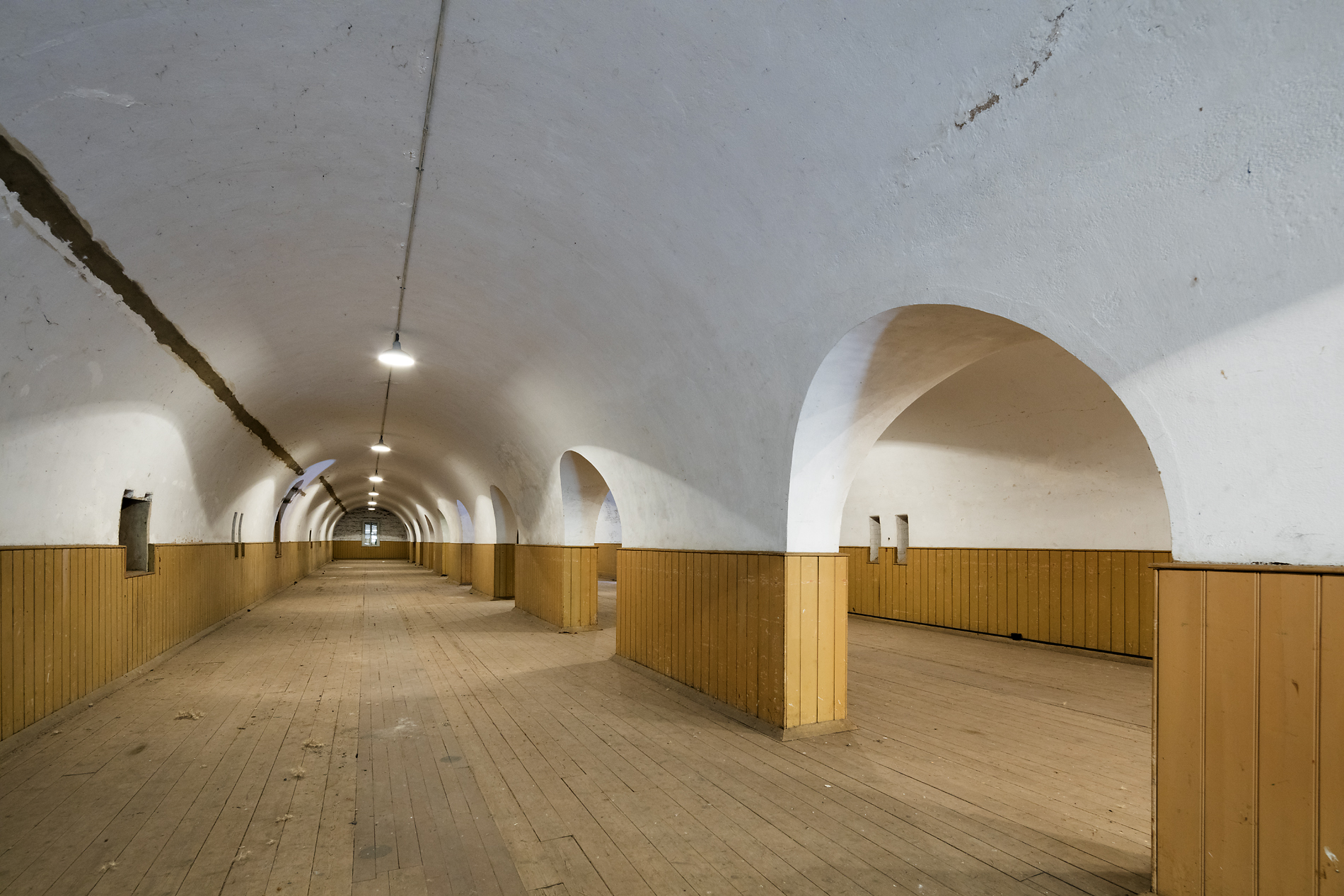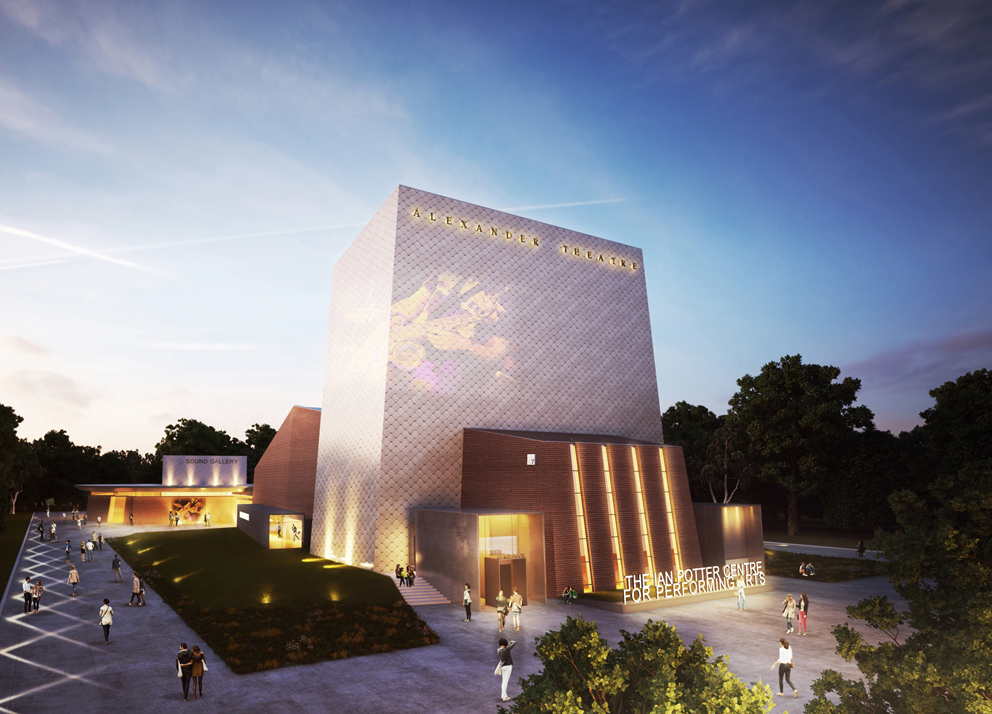
Q&ADR: Open House founder Tim Leslie
Share
Open House Melbourne is set to return this month, allowing architecture enthusiasts a peek inside some of the city’s most notable homes and buildings. Ahead of the event, ADR speaks to Open House founder and Bates Smart studio director Tim Leslie to find out his top picks.
Open House Melbourne has been growing in size each year, how much bigger is this year’s event?
This year is our biggest event to date, with over 220 buildings opening their doors to the public. We have steadily grown the number of buildings and their disbursement across greater Melbourne. It’s phenomenal growth from our humble beginnings where we had only 8 buildings along Swanston Street when first opened in 2008.
Can we expect to see any unusual buildings on the program in 2018?
We always include a range of sites which at first glance may appear unusual in the context of buildings of significance in the built environment, however, often provide unique insights into the shaping and history of Melbourne. A few of these to look out for this year includes:
- Jack’s Magazine is a wonderful project, a bluestone decommissioned explosives store which is sunk into the surrounding landscape embankment.
- Spotswood pumping station which was built in the 1890s and considered a key element of Melbourne’s early sewerage system until the 1960s. It is heritage listed and provides an insight into the infrastructure that is needed to support large cities.
- The Hawthorn Tram depot which was opened in 1916, also provides showcases the history of Melbourne’s famous public transport system.
- For those not wishing to change (or challenge!) their perspective of Melbourne, the Port of Melbourne boat tour is a must. This tour provides you a wonderful outlook onto Melbourne, connects you to the original trade route that established the city, and allows you to be spatially dwarfed by the immense scale of the container ships that sail in and out of our port every day.
Which buildings are you most looking forward to seeing this year?
I am particularly excited to visit the Monash University Clayton Campus. Over the past decade, the university has been steadily investing in good design and the fruits of this forward thinking is plain to see. Whether it be from urban design, architecture, or landscape architecture, the campus has been slowly transformed and showcases contemporary thinking. Many of the projects opened are award-winning and their designers will be in attendance to help explain the design philosophy behind the built work.
What are your top tips for those attending?
My top tips for enjoying Open House Melbourne is to keep it varied. Don’t just go and see what you already know, challenge yourself. If you love heritage buildings go and see a contemporary building. If you only like architecture, go to a landscape talk. If you haven’t been to a mosque or a cathedral, treat yourself. If you think that the government should stop spending on infrastructure projects, go and visit the dock, a substation or a tram depot and see how critical these projects are for a functioning city.
It is important that throughout the weekend to change the scale and type of buildings you visit. The best weekend is one where you learn a lot about the city and the importance of good design in the built environment.

Jack’s Magazine, Maribyrnong. Photograph by John Gollings.
What advice would you give to someone attending Open House for the first time?
There are often queues at the more recognised buildings. However, if there is a long queue and you don’t want to wait, don’t give up on the Weekend, just go and see a nearby building – you might be pleasantly surprised with what you see. There will be updates on queue lengths on social media throughout the weekend.
Ensure that you wear warm clothing, take an umbrella (it is Melbourne after all) and a healthy dose of positivity. Remember it’s a free event, with hundreds of people volunteering their time – be happy, be nice and enjoy being a tourist in your own city.
Finally, please check before you head off to see a building if it is a pre-booking tour only. Nothing more frustrating than arriving at a building to find that it is not open access and you needed to book weeks ago.
This year Bates Smart is celebrating its 165th anniversary, can you tell us a little about the activity that the practice has planned for Open House to celebrate?
To celebrate our anniversary, we are unveiling our exhibition known as 165 Years of Enduring Architecture as part of Open House Melbourne. This includes a photographic timeline of our most significant projects, a 3D model of the entire Hoddle grid highlighting the location of Bates Smart projects, along with a free talk that I will be hosting on Wednesday 25 July from 6pm. Bookings are essential via the Open House Melbourne website.
Bates Smart is also offering free guided tours of Orica House, also known as ICI House, during the Open House Melbourne Weekend on Saturday 28 and Sunday 29 July from 10am to 4pm. Visitors will have the chance to explore the building considered Australia’s first skyscraper.

Alexander Theatre. Photography by Peter Elliot Architecture
What kind of an impact do you think Open House has on the public and their view of architecture and design?
I like to believe that we have made a significant and positive difference in raising awareness of the importance of good design in shaping a better built Melbourne, our challenge is turning that awareness into active support and engagement into the procurement of future good design and the protection of existing projects of design significance.
However, it is challenging to truly measure the level of impact Open House Melbourne makes on people’s appreciation of architecture and good design. What we can say is that we continue to receive significant patronage and generate strong discussion and engagement from our events year on year, so that is a very good start.
















